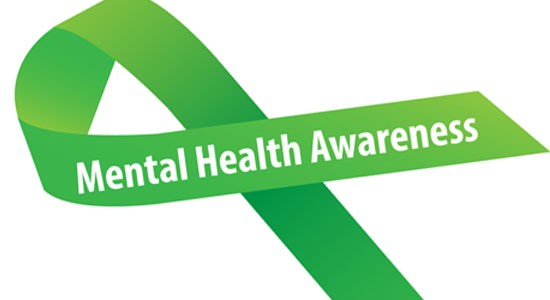While the main function of school is education, the formative years young people spend attending school present more far challenges than multiplying fractions or memorizing the Constitution. Our culture’s increased demands on adolescents have taken a significant toll on the mental health of students. As the prevalence of mental health issues diagnosed in adolescents continues to climb, school systems look to take action to intercede by providing preventative as well as recuperative action.
According to a recent study by the National Alliance on Mental Illness, 1 in 5 young people between the ages of 13 and 18 has, or will have, a serious mental illness. Mental health issues can have a serious impact on the lives of young people outside the classroom by harming relationships and in some cases, leading to suicide (the third leading cause of death among adolescents). Perhaps the most common effect of mental health issues in young people is a significant negative impact on school performance. Statistics reveal that youth diagnosed with attention problems, anxiety disorders, or depression earned lower GP As and attained lower levels of education than youth not diagnosed with mental health issues. Approximately 50% of students age 14 or older with a mental illness drop out of high school. However, mental health professionals have noted that they are more often diagnosing, rather than treating, mental health issues in young people. Unfortunately, adolescents and their families often do not seek help due to the ongoing negative stigma on mental health, or cannot afford appropriate treatment. Despite the glaring concerns of untreated mental health disorders, not enough is being done to ensure that students’ mental health needs are met.
Effective preemptive treatment and mental health education beginning at an early age can help reduce the impact of mental health issues on the lives of students. What better setting to monitor the consistent psychological state of students, as well as establish positive habits for taking care of one’s mental health, than the place they spend more than six hours a day, 180 days of the year, for 12 years? Over the past 20 years, there has been enforced emphasis in the health and social services spheres on increasing the alliance between schools and mental health services to enhance the well-being of students. School-based health educational programs are an increasingly important provider of mental health services for students. A study by William C. Morse and his collaborators conducted in 1968 concluded that students enrolled in school programs that met their mental health responsibilities demonstrated significant improvement in self-confidence, ability to communicate with peers, development of new interests, cooperative behavior, more realistic levels of aspiration, and a higher level of achievement. Now, nearly 50 years later, as mental health diagnoses become more prevalent than ever and families and administrators seek desperate help, the evident benefits of school-based mental health programs are finally being noticed.
The staggering statistics of mental health diagnoses in adolescents and the alarming effects have caught national attention. Action is being taken towards addressing mental, behavioral, and learning problems in schools, as well as encouraging educators and administrators to make helpful services accessible. The Mental Health in Schools Act, introduced by California Congresswoman Grace Napolitano in March of 2015, aims to be part of the solution to the adolescent mental health crisis. The Mental Health in Schools Act (H.R. 1211/S. 1588) serves to: (I) Revise, increase funding for, and expand the scope of the Safe Schools-Healthy Students program in order to provide access to more comprehensive school-based mental health services and supports; (2) Provide for comprehensive staff development for school and community service personnel working in the school; and (3) Provide for comprehensive training for children with mental health disorders, for parents, siblings, and other family members of such children, and for concerned members of the community. Taking affirmative action steps, such as passing congressional bills ensuring the provision of necessary mental health services, works towards giving our young people the future they deserve.




